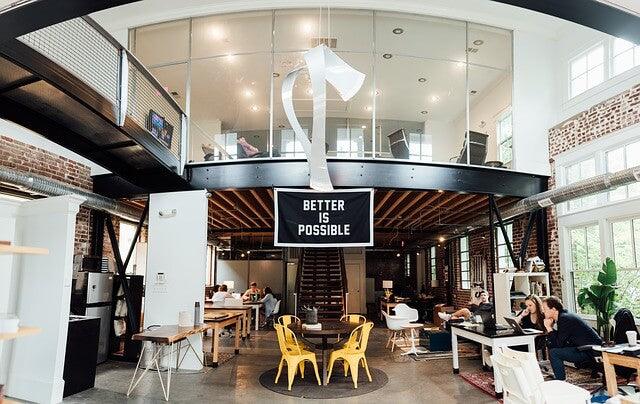40% OFF ALL LEED EXAM PREP PRODUCTS! | PASS YOUR EXAM CONFIDENTLY, ON YOUR FIRST TRY!
40% OFF ALL LEED EXAM PREP PRODUCTS! | PASS YOUR EXAM CONFIDENTLY, ON YOUR FIRST TRY!
Add description, images, menus and links to your mega menu
A column with no settings can be used as a spacer
Link to your collections, sales and even external links
Add up to five columns
Add description, images, menus and links to your mega menu
A column with no settings can be used as a spacer
Link to your collections, sales and even external links
Add up to five columns
LEED Building Operations And Maintenance (LEED O+M) Rating Systems In Details
2 min read

The greenest building is the one already built. It can take up to eighty years to make up for the environmental impacts of demolishing an old building and constructing a new one, even if the newly constructed building is environmentally friendly.
The LEED O+M rating systems apply to existing buildings that are undergoing improvement work or little to no construction. LEED O+M certifies the operations and maintenance of the building and creates a plan to ensure high-performance building operation. LEED O+M monitors the building’s systems (HVAC, electrical, automation systems, etc.) as well as the building’s performance.
A LEED ID+C: Commercial Interiors certified office located in a LEED BD+C: Core and Shell certified building, can also receive a LEED O+M: Existing Buildings certification. By getting a LEED O+M: Existing Buildings certification, the project gets proof that the ongoing building operations are efficient and building operations are high in performance.
It is important to remember that the LEED O+M rating system certifications expire and in order to keep a LEED O+M certification, a project needs to be recertified.
1) LEED O+M: Existing Buildings
This rating system is specifically for projects that do not primarily serve K–12 educational, retail, data center, warehouse and distribution center, or hospitality uses.
2) LEED O+M: Retail
This rating system is for existing retail spaces, both showrooms and storage areas.
3) LEED O+M: Schools
This rating system is for existing buildings made up of core and ancillary learning spaces on K–12 school grounds. It can be used for higher education and nonacademic buildings on school campuses as well.
4) LEED O+M: Hospitality
This rating system is for existing hotels, motels, inns, or other businesses within the service industry that provide transitional or short-term lodging with or without food.
5) LEED O+M: Data Centers
This rating system is for existing buildings specifically designed and equipped to meet the needs of high-density computing equipment such as server racks used for data storage and processing.
6) LEED O+M: Warehouses and Distribution Centers
This rating system is for existing buildings used to store goods, manufactured products, merchandise, raw materials, or personal belongings (such as in self-storage).
Also in Projectific Blog

What Changes In LEED v5 & When Will The LEED Exams Will Be Based On LEED v5?
2 min read
As building professionals prepare for this significant update, two critical questions arise: what are the major changes in LEED v5, and when will the LEED credential exams transition to the new version?

How LEED Handles Recyclables With The Storage And Collection Of Recyclables Prerequisite
2 min read

LEED Heat Island Reduction Credit Explained
2 min read

